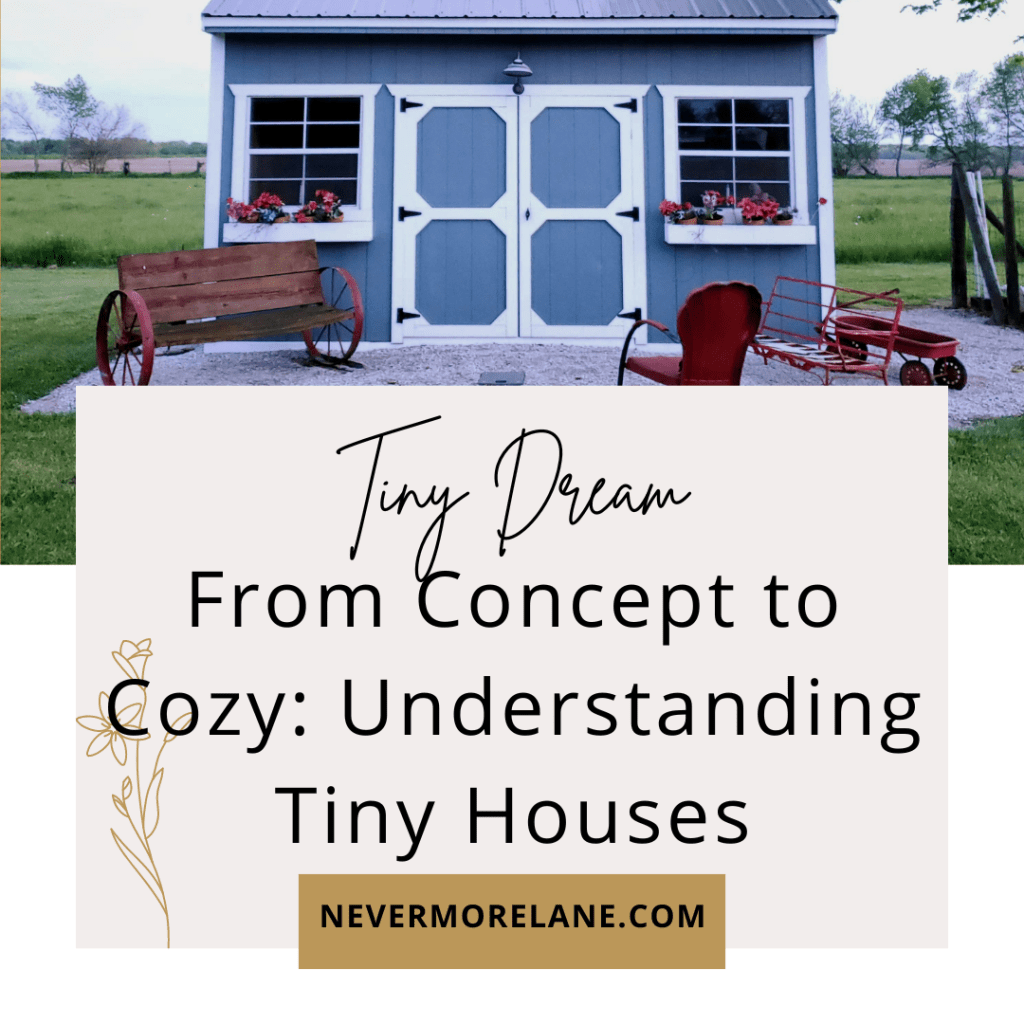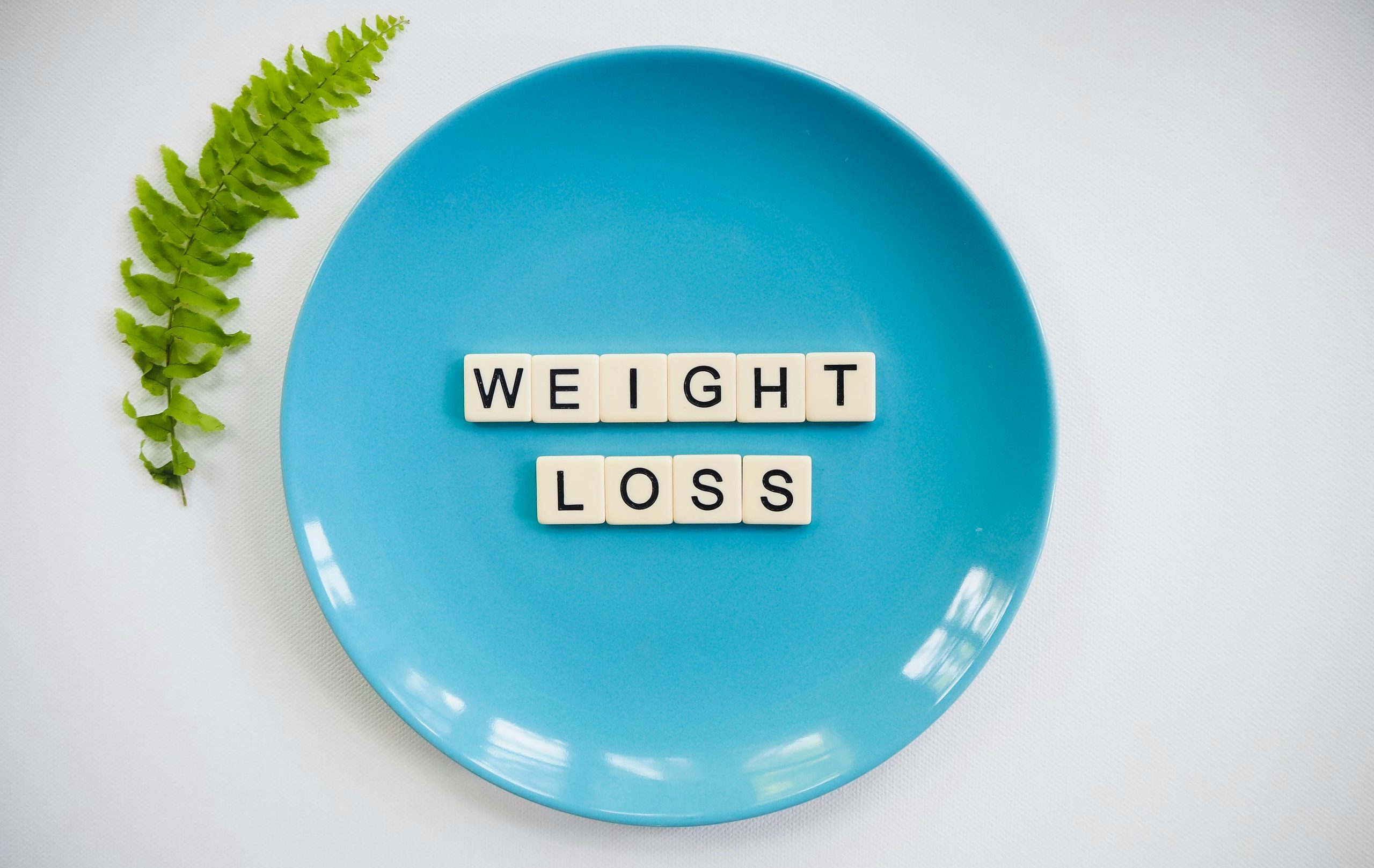From Concept to Cozy: Understanding Tiny Houses
Have you ever daydreamed about living in a quaint, cozy home where every inch of space is thoughtfully designed? If so, you’re not alone. Tiny houses have captured the imaginations of many, offering a simplified, minimalist lifestyle. Whether you’re curious about the concept or seriously considering leaping, let’s dive into the world of tiny houses and explore how they go from a mere idea to a snug, comfortable home.
What Exactly is a Tiny House?
First things first, what do we mean by a “tiny house”? Generally, tiny houses are small homes typically ranging from 100 to 400 square feet. Yes, you read that right – it’s like living in a space about the size of a standard two-car garage. But don’t let the size fool you; these little homes pack a lot of punch!
Tiny houses come in various forms, from those on wheels (often called THOWs – Tiny Houses on Wheels) to stationary ones built on foundations. They’re designed to maximize every square inch, creatively using lofts, multi-purpose furniture, and clever storage solutions.
Why Go Tiny?
Now, you might wonder, “Why would anyone choose to live in such a small space?” Great question! There are plenty of reasons why people are drawn to the tiny house lifestyle:
Financial Freedom
One of the biggest draws is the potential for significant cost savings. Traditional homes come with hefty price tags, mortgages, and maintenance costs. Tiny houses, on the other hand, are much more affordable to build and maintain. Plus, with a tiny house, you can often say goodbye to that monthly mortgage payment, freeing up your finances for other adventures or investments.
Simplified Living
In a world that’s constantly pushing us to buy more and own more, tiny houses offer a refreshing break from consumerism. Living in a tiny house encourages you to pare down your possessions to only the essentials. This minimalist lifestyle can lead to less stress, fewer distractions, and a greater appreciation for what you have.
Environmental Impact
Tiny houses are also appealing for their eco-friendly nature. They require fewer building materials, consume less energy to heat and cool, and often incorporate sustainable features like solar panels, composting toilets, and rainwater collection systems. By living smaller, you’re reducing your carbon footprint and making a positive impact on the environment.
Designing Your Dream Tiny House
Alright, so you’re sold on the idea of living tiny – now what? The design phase is where your tiny house starts to come to life. Here are some key considerations to keep in mind:
Space Planning
In a tiny house, every square inch counts. Think about your daily routines and prioritize spaces that matter most to you. Love cooking? Invest in a well-designed kitchen. Need a comfy spot to relax? Make sure your living area is inviting. Don’t forget about vertical space – lofts are popular for adding sleeping or storage areas without taking up valuable floor space.
Multi-Functional Furniture
Multi-purpose furniture is your best friend when it comes to maximizing functionality. Think fold-out tables, Murphy beds, and built-in storage solutions. For instance, a dining table that doubles as a work desk or a sofa with hidden storage compartments can make a big difference in a small space.
Personal Touches
One of the joys of building a tiny house is that it can be tailored to your personal tastes and needs. Whether incorporating a cozy reading nook, a compact yet luxurious bathroom, or a charming porch, these personal touches make your tiny house feel like home.
Building Your Tiny Home
With a solid design in place, it’s time to roll up your sleeves and start building. This phase can be exciting and challenging, but with the right approach, you’ll live in your tiny dream house before you know it.
DIY or Professional Help?
One of the first decisions you’ll need to make is whether to build your tiny house yourself or hire professionals. DIY enthusiasts often relish the challenge and satisfaction of constructing their own homes. However, it requires significant time, effort, and skill. If you’re not confident in your building abilities, hiring a professional can ensure your home is safe, up to code, and built to last.
Materials and Budget
Budgeting is crucial when building a tiny house. While the overall cost is much lower than a traditional home, expenses can increase quickly if you’re not careful. Decide early on where you want to splurge and where you can save. For example, investing in high-quality insulation and energy-efficient windows can save money in the long run, while opting for second-hand fixtures and appliances can help keep costs down.
Permits and Regulations
Remember to check local zoning laws and building codes. Tiny houses exist in a gray area in many places, so it’s important to ensure your build complies with local regulations. This might affect where you can park your tiny house if it’s on wheels or the type of foundation required if it’s stationary.
Living the Tiny House Life
Congratulations! You’ve designed and built your tiny house; now it’s time to move in and start living your new, simplified lifestyle. Here’s what to expect:
Adjusting to Small Space Living
Transitioning to a tiny house can be an adjustment, especially if you’re used to a larger living space. Getting used to the limited space might take time, but many tiny house dwellers find it liberating. You’ll quickly discover which possessions are essential and which you can live without.
Community and Connection
One unexpected benefit of tiny house living is the sense of community it often fosters. Many tiny house owners join tiny house communities, both online and in real life, where they can share tips, experiences, and support. These connections can make the transition smoother and more enjoyable.
Maintenance and Upkeep
Maintaining a tiny house is generally easier and less costly than maintaining a traditional home but still requires regular attention. Perform routine maintenance tasks like cleaning gutters, checking for leaks, and ensuring all systems (like plumbing and electrical) are in good working order.
Embrace the Tiny Life
Living in a tiny house isn’t for everyone, but for those who embrace it, it offers a unique, fulfilling lifestyle. From the initial concept to the final cozy touches, building and living in a tiny house is an adventure that encourages simplicity, mindfulness, and creativity. So, whether you’re dreaming of a tiny house or already on your tiny journey, remember to enjoy the process and savor the freedom of living big in a small space.
My Personal Tiny House Story
Note: I originally wrote this post over 10 years ago, and it has been in my draft folder ever since. A lot has changed since then, and it was interesting to update it with the changes in life and the Tiny House Movement.
I totally get the excitement around the Tiny House Movement. It’s awesome to see 16-year-olds building their own tiny homes and setting themselves up to be mortgage-free in the future. And who can resist the charm of those hobbit-like houses? I often find myself daydreaming about living in a little fairy house. There are so many reasons why people decide to buy or build their own tiny home, and each one is just as compelling as the next.
Check out my page with a whole bunch of Tiny House links for you to read through!
Would I love to never worry about a mortgage? Absolutely! Who wouldn’t?
But what about the long-term plans for tiny living? At 48, I’m not exactly ancient, but my body feels it. With osteoarthritis and degenerative disk disease, the thought of climbing up and down a ladder to a loft bed isn’t appealing. Many tiny houses have lofts, and while not all do, it’s a common feature. I can’t be the only one who thinks about this. Plus, I don’t feel the need to go completely off the grid.
Years ago, I read a story about a woman who, after a divorce, bought a trailer in a trailer park. She talked about the stigma of living in a trailer park, but the inside of her home was anything but stereotypical. Nowadays, a quick search on TikTok reveals countless stories of people buying trailers and transforming them into their dream homes for much less than a traditional house. Have you seen the prices on Zillow lately?
I used to work as an office manager at an interior design firm, where one of my good friends, a designer, lived in a trailer. It looked like an older, single-wide trailer from the outside, but she had a great sense of humor about it. We’d joke about trailer living together because I had also lived in a trailer as a young child.
Some of my best memories are from playing in my childhood bedroom. I had a dollhouse so big I could fit inside it, but my room was so tiny that it had to go on the top bunk bed so I had space to play. I remember when part of our living room wall was covered in plastic sheets because my parents were building an extension for a new bedroom. I moved to their old room, and my room became part of a larger living room. When we moved to Oklahoma, my aunt and uncle took over our old trailer, and my cousin was born there.
I have no issues with trailer living. In fact, I’ve always believed that living in a trailer doesn’t mean you can’t make it nice. Unfortunately, the trailer park I grew up in hasn’t changed much. I pass by it often now that I’m back in Michigan, and many of the same trailers are still there. No one has taken the time to plant flowers or spruce up the exteriors. There’s trash everywhere, and it’s easy to see where the “trailer trash” stereotype comes from.
My friend at the design firm had a trailer that was as quirky and stylish as you’d expect from an interior designer. It was fun, trendy, and a blast to hang out in.
I wouldn’t mind living in a trailer again if life took me that way. But lately, I’ve been thinking about a tiny home on wheels. I dream of traveling with it and having it parked on my property as my writing office.
I’ve been exploring the idea of shedworking. It’s quite popular in the UK and is starting to catch on in the US. Pinterest is a treasure trove of ideas—there are countless sheds transformed into cozy office spaces. I also started a board called “Tiny House & Tiny Space” to pin tiny houses, office spaces, converted sheds, and small space inspiration from various sites.
As Treehugger.com puts it, “It’s not about cute sheds, it’s about a workplace revolution.”
If George Bernard Shaw could write in a hut, then why can’t I?
I’m a woman on a mission. And I still have a soft spot for a tiny house on wheels. You never know what the future holds, and it’s always good to have options.




Your blog has helped me cultivate a greater sense of self-awareness and self-compassion.